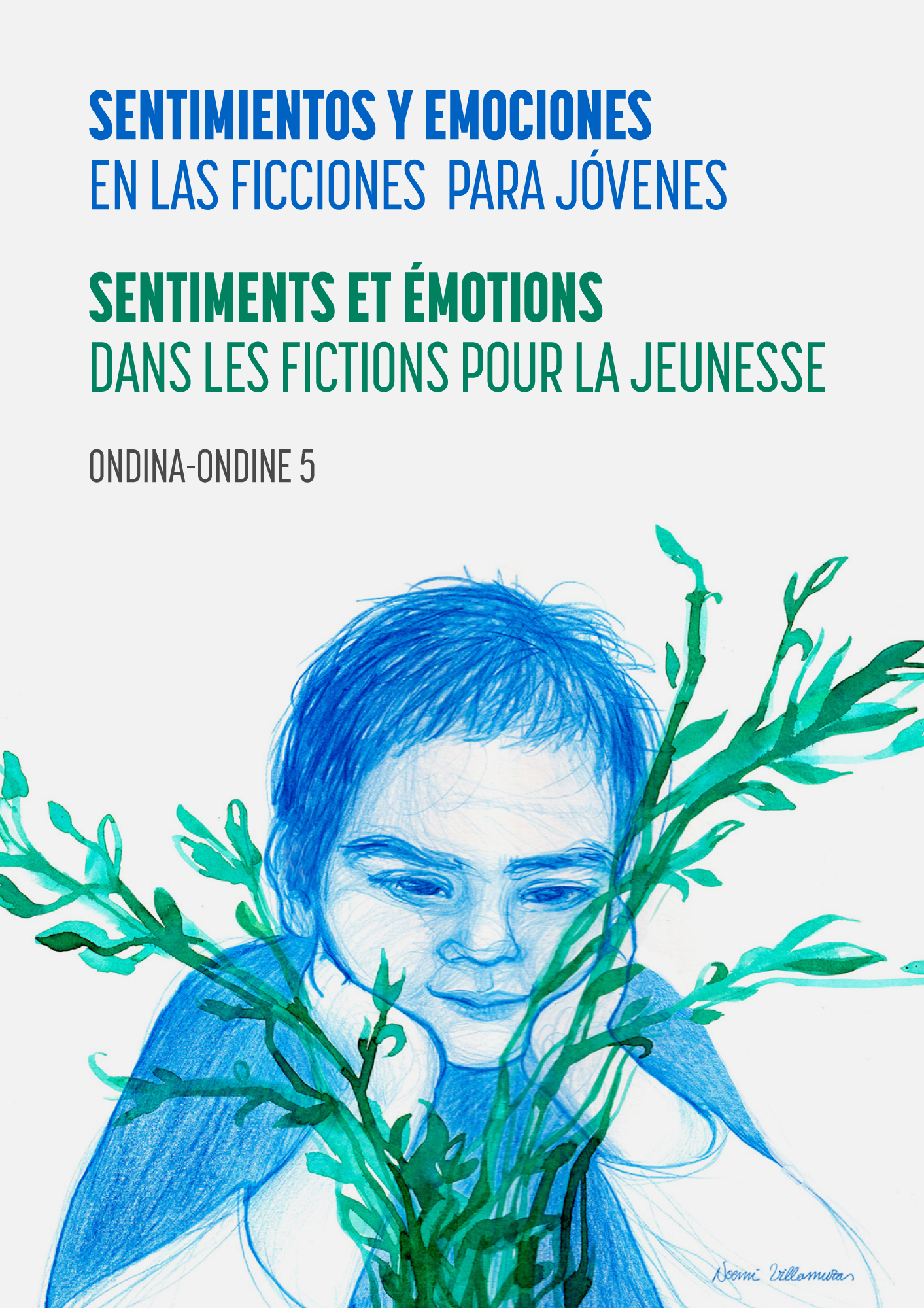"To be so happy" or "Wailed like a child" : happiness and sadness in "The adventures of Pinocchio and Cuore (Heart) an Italian schoolboy's Journal"
DOI:
https://doi.org/10.26754/ojs_ondina/ond.202054031Abstract
As Edmondo De Amicis was drafting Cuore (Heart). An Italian Schoolboy’s Journal in 1886, he made it clear that his project was to wring tears out of his reader, whereas Carlo Collodi’s aimed at light entertainment with The Adventures of Pinocchio, to such an extent that Collodi himself described his book as some kind of “childish work”. These two books, published shortly after the Italian Unity, helped to “make the Italians”, as it was crucial, at that time, to educate and shape their young readers, not only through school but also through literature. These two narratives are, to some extent, structured by the emotions felt by the heroes; primarily happiness and sadness, which means the most natural emotions that young readers can feel and share in the gradual process of self-identification with the characters.
In our analysis, we will attempt to highlight when and why happiness and sadness appear for the main and secondary characters, how those feelings are expressed and, finally, what educational functions they perform in both stories. The different handling of these emotions, - humorous and theatrical by Collodi as opposed to rigid and tearful by De Amicis - may partially explain the still unsurpassed success of The Adventures of Pinocchio and, at the same time, the growing disaffection with regard to Cuore.
Downloads
Downloads
Published
How to Cite
Issue
Section
License

Creative Commons License 4.0.
Los autores son los depositarios del copyright Creative Commons
Accepted 2020-11-02
Published 2021-01-12




